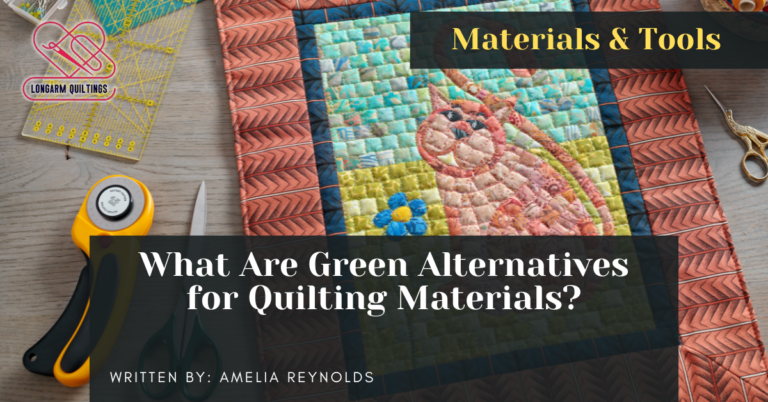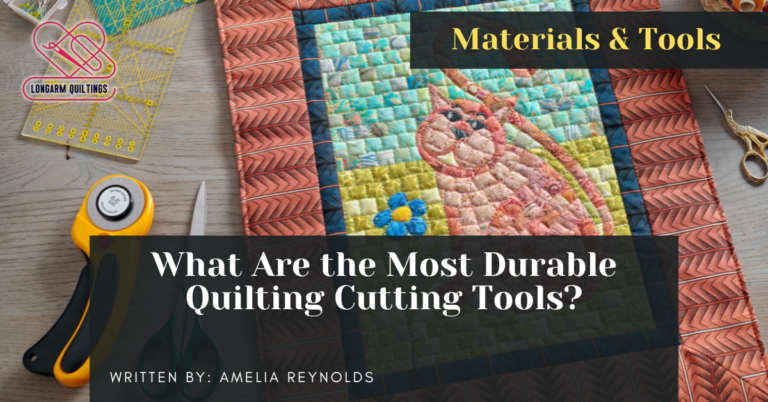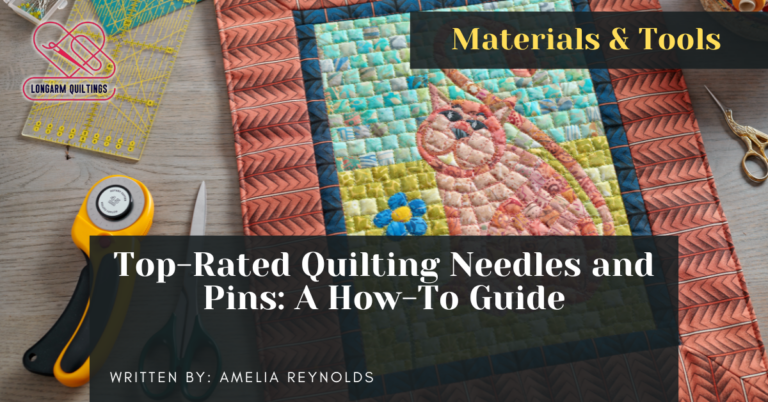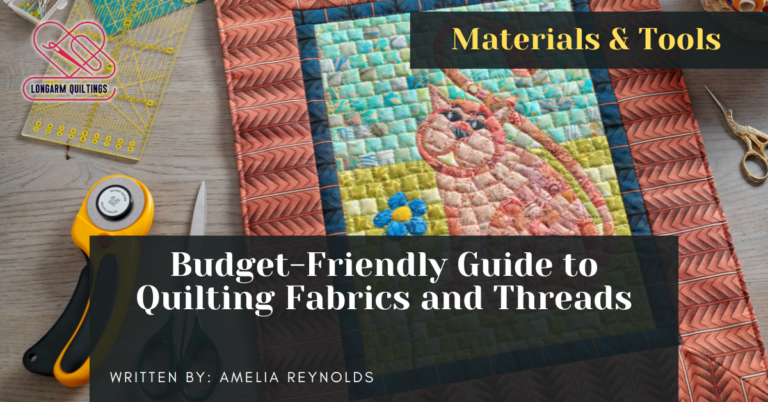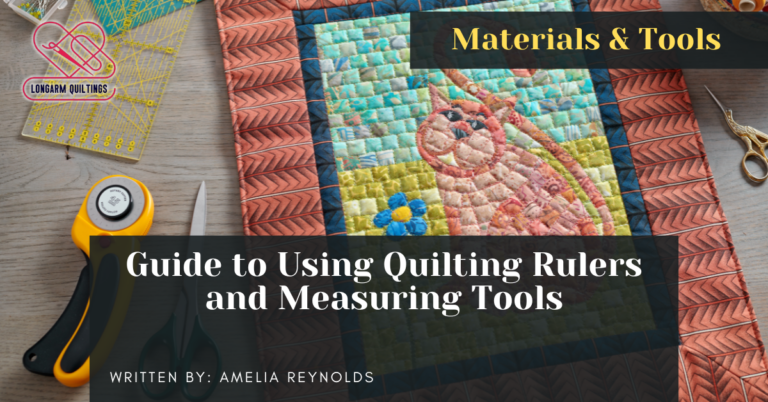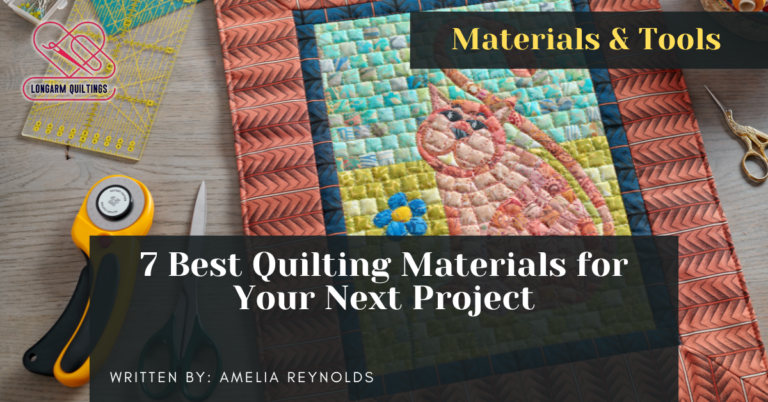As beginners embark on their quilting journey, selecting the right materials is crucial for a successful start. When it comes to quilting, the choice of tools, fabrics, and batting can significantly impact the outcome of the project.
Among the vast array of options available, three materials stand out as particularly beneficial for those new to quilting. These essential components not only simplify the quilting process but also contribute to the quality and longevity of the finished piece. Each material plays a distinct role in achieving professional results, making them indispensable for beginners looking to excel in their craft.
Essential Quilting Tools
When embarking on your quilting journey as a beginner, having the right tools is crucial to ensure precision and efficiency in your projects. Two essential tools for any quilter are cutting tools and a sewing machine.
Cutting tools are fundamental for accurately preparing fabric pieces. A rotary cutter with sharp blades, a cutting mat, and a clear quilting ruler are indispensable. These tools allow for precise cutting of fabric strips and shapes, ensuring that pieces fit together seamlessly during the quilting process.
A sewing machine designed for quilting is a game-changer for beginners. Look for a machine with features like a wide throat space for maneuvering large quilts, adjustable sewing speed, and various built-in stitches suitable for quilting. A machine with a walking foot attachment can help feed multiple layers of fabric evenly, preventing puckering and ensuring a professional finish to your quilts.
Investing in high-quality cutting tools and a reliable sewing machine will set you on the path to creating beautiful quilts with ease and accuracy.
Quality Quilting Fabrics
For quilters aiming to elevate the quality of their projects, selecting top-notch quilting fabrics is paramount in achieving professional results. Fabric selection plays a crucial role in the overall outcome of a quilt. Opt for high-quality 100% cotton fabrics as they are easy to work with, durable, and offer a wide range of prints and colors to choose from. When choosing fabrics, consider factors like thread count, weave, and print quality to ensure a smooth quilting process and a beautiful finished product.
Color coordination is another key aspect to keep in mind when selecting quilting fabrics. Pay attention to the color wheel and choose fabrics that complement each other to create visually appealing quilts. Consider the overall aesthetic you want to achieve and select fabrics that work harmoniously together. Additionally, mixing different textures can add depth and interest to your quilt.
Beginner-Friendly Batting
Selecting the appropriate batting for your quilting projects is essential for achieving desired results, especially for beginners looking to enhance their skills. When it comes to batting types, there are various options to consider. For beginners, polyester and cotton battings are good choices as they are easy to work with and provide a nice drape to the finished quilt. Polyester batting is known for its durability and loft, making it a great option for a puffy quilt look. On the other hand, cotton batting is breathable, natural, and gives a traditional flat appearance to the quilt.
Another important factor to consider when choosing batting is its thickness. Beginners often find low-loft battings easier to handle as they are thinner and simpler to quilt. Low-loft battings are ideal for lightweight quilts and are easier to manipulate under the sewing machine. However, for those looking to add more dimension to their quilts, high-loft battings can provide a more pronounced look. Experimenting with different batting types and thicknesses can help beginners determine their preferences and find what works best for their quilting projects.
Frequently Asked Questions
What Are Some Common Mistakes That Beginners Make When Quilting?
Common mistakes beginners make when quilting include improper cutting leading to inaccuracies in fabric sizes, and inaccurate piecing causing misaligned blocks. These errors can impact the overall look and quality of the quilt.
How Do I Choose the Best Thread for Quilting?
When selecting a thread for quilting, consider factors such as thread weight to match your project's needs, color choices that enhance the design, needle compatibility for smooth stitching, and tension adjustment to prevent puckering or loose stitches.
Are There Any Specific Techniques or Tips for Quilting Curved Seams?
When sewing curves and quilting circles, precision is key. Use pins to match points, baste seams before sewing, and consider using a walking foot to prevent fabric shifting. Practice on scrap fabric first to perfect your technique.
What Is the Best Way to Store and Organize My Quilting Materials?
When considering storage solutions for quilting materials, organization is key. Utilize clear bins, labeled containers, and shelving units to keep supplies easily accessible. Properly store fabrics to maintain their quality, avoiding direct sunlight and moisture. Regularly assess and declutter to optimize space.
Can You Recommend Some Beginner-Friendly Quilting Projects to Practice Different Techniques?
For beginner-friendly quilting projects, consider starting with basic hand quilting techniques to hone your skills. Experiment with applique designs to add dimension. Explore quilting patterns and play with color choices to create visually appealing pieces that showcase your creativity.
Conclusion
In conclusion, when starting out in quilting, it is essential to have the right tools, quality fabrics, and beginner-friendly batting to create beautiful and functional quilts.
By investing in these key materials, beginners can ensure a successful and enjoyable quilting experience. Remember to practice and experiment with different combinations to find what works best for your individual style and preferences.
Happy quilting!

